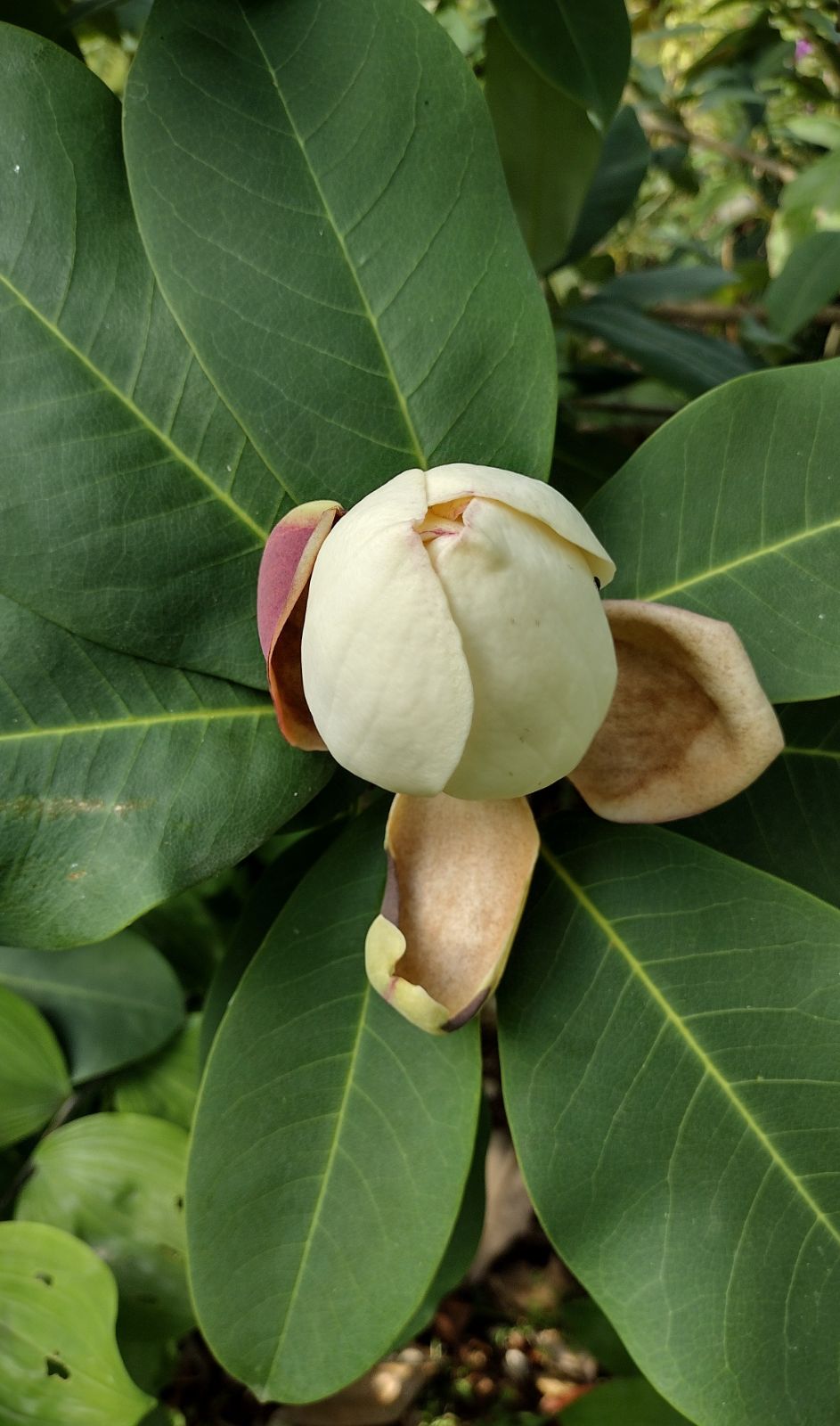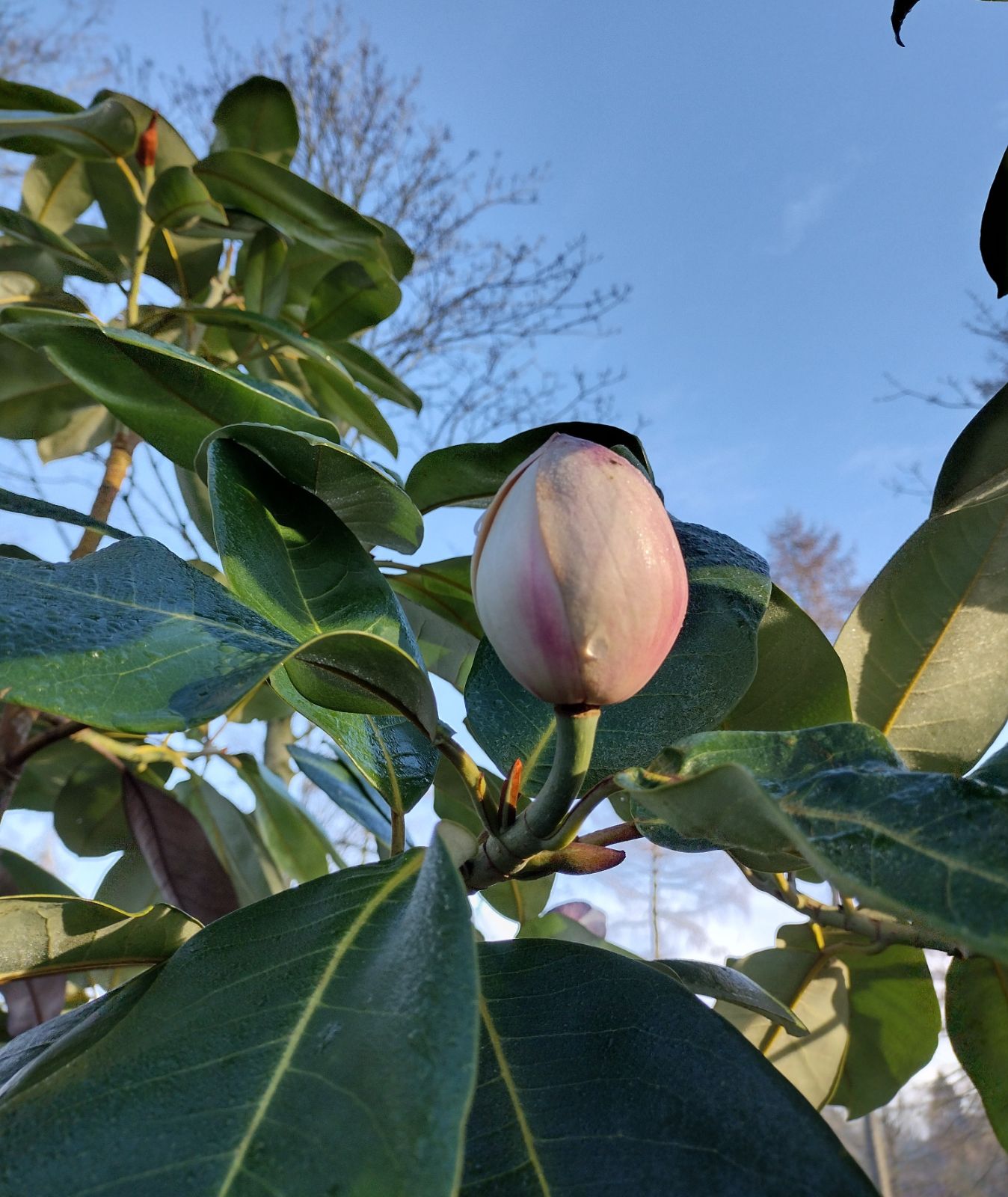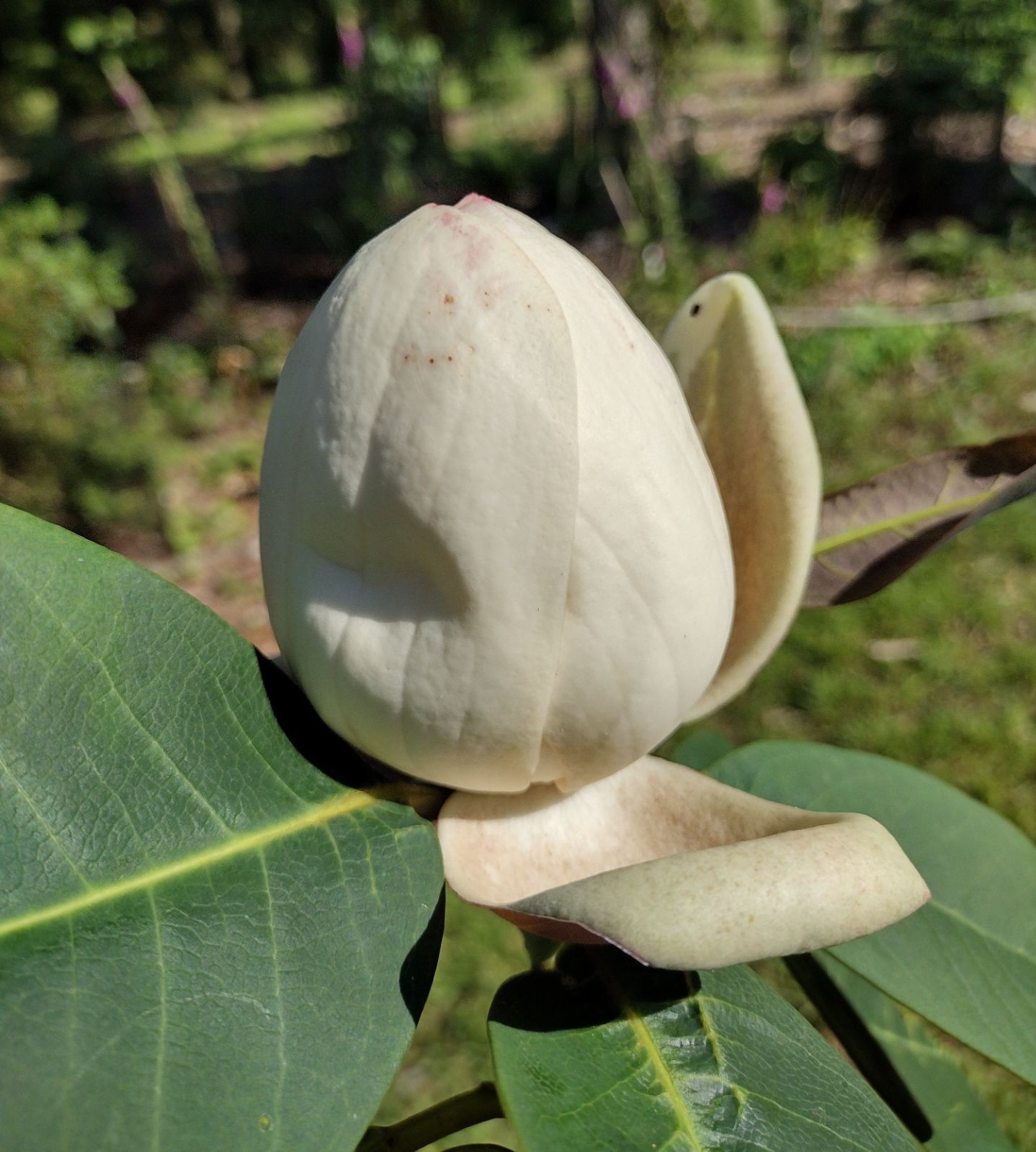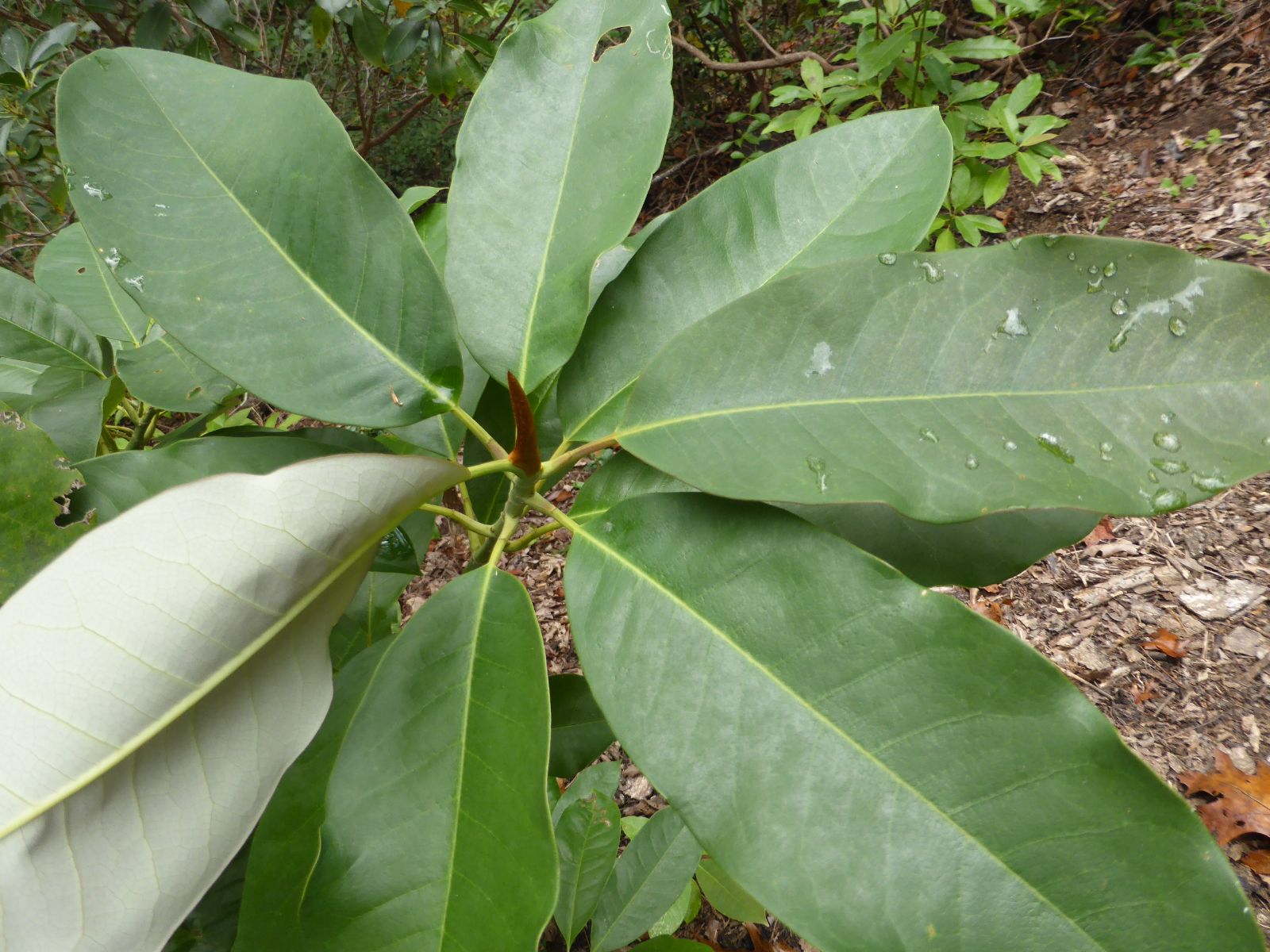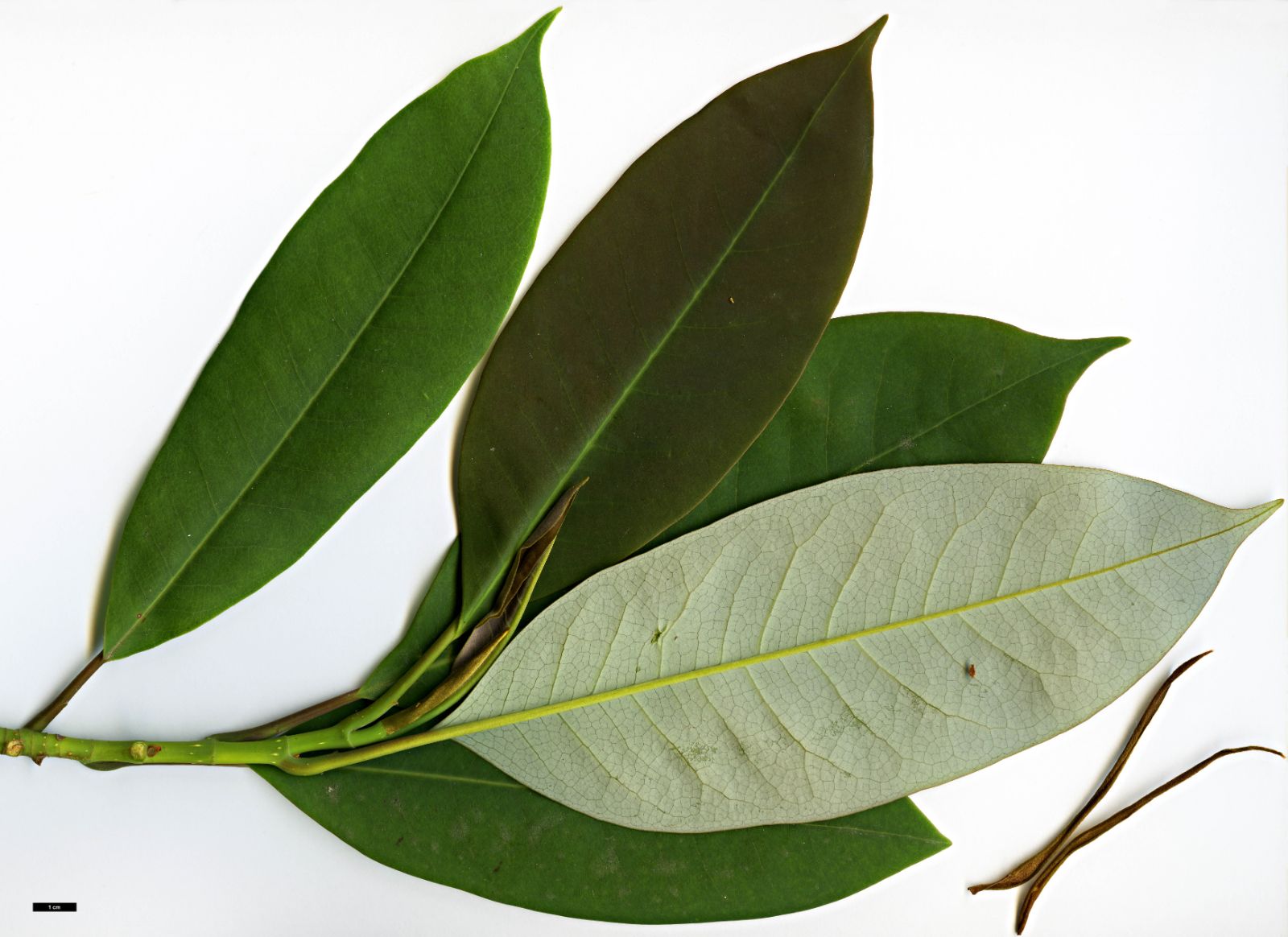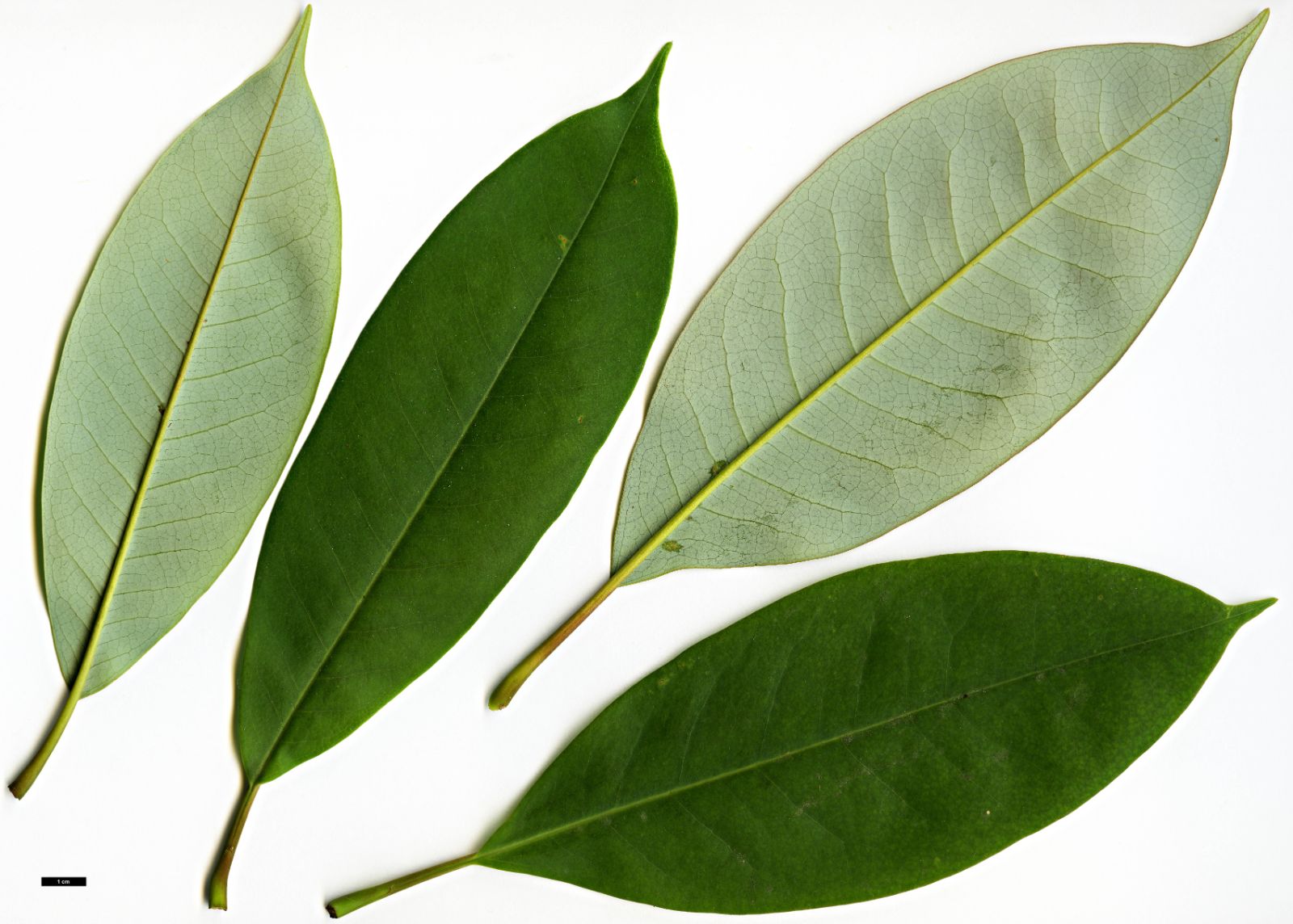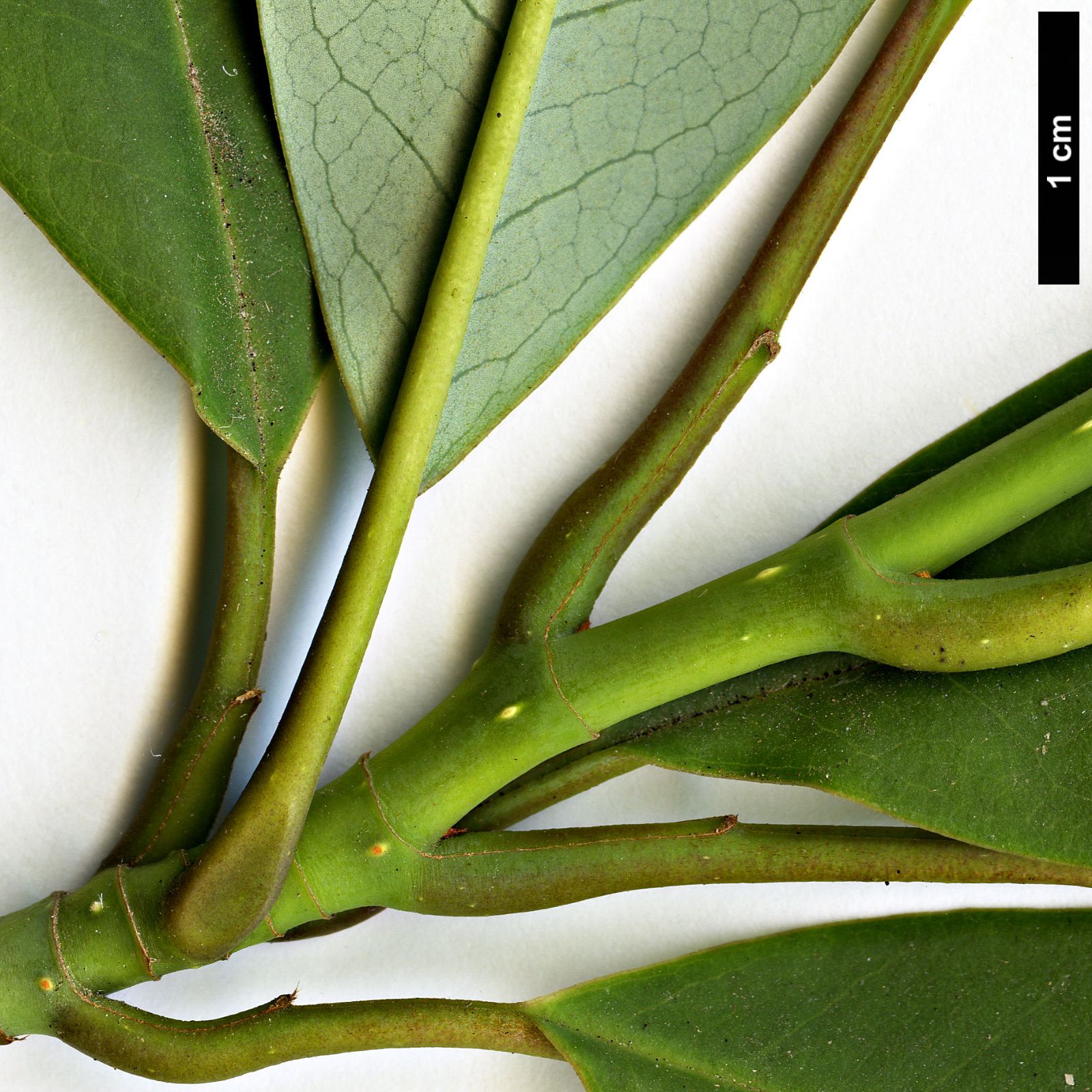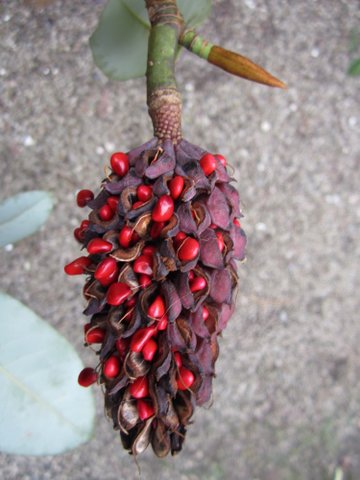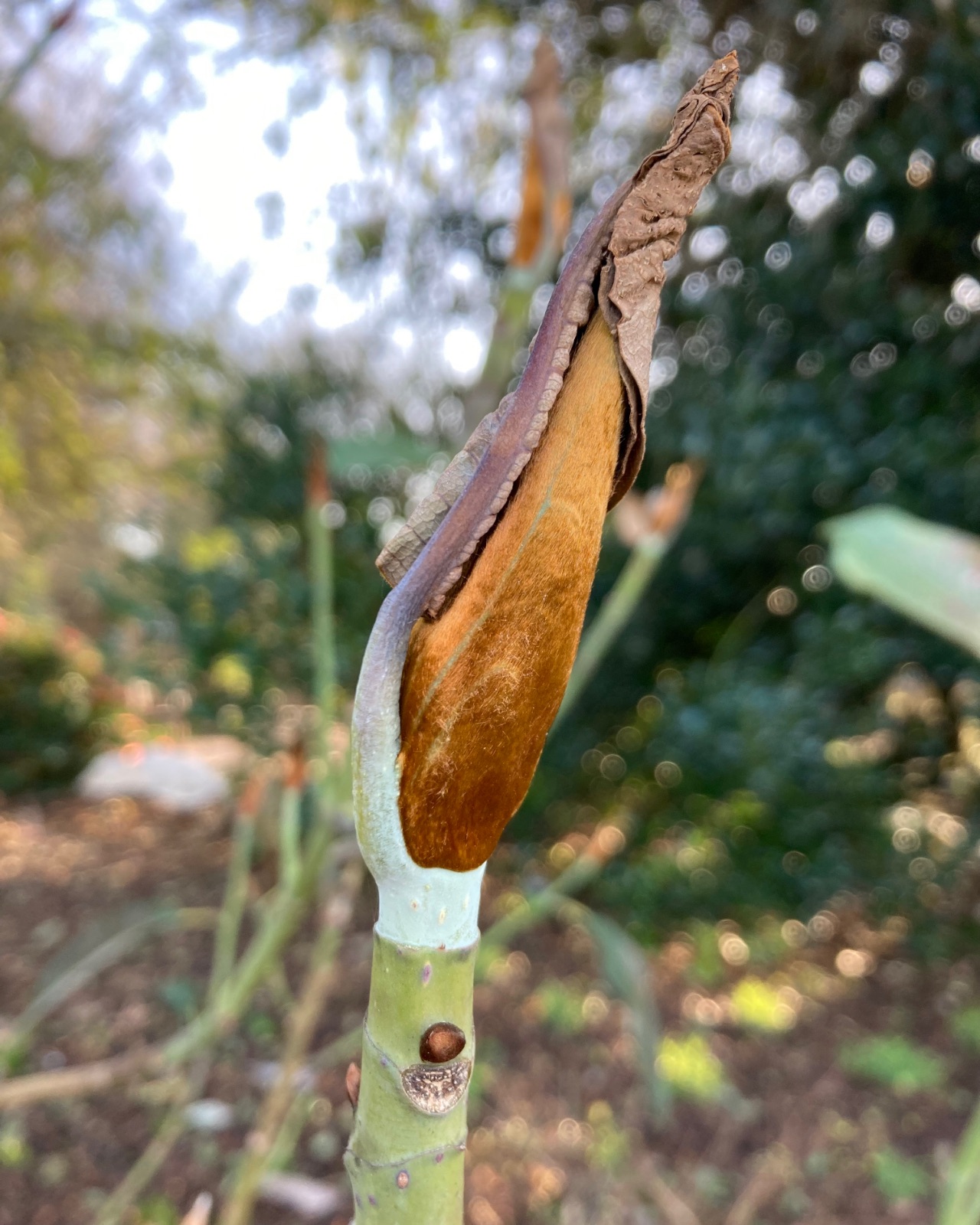Magnolia sapaensis
Sponsor
Kindly sponsored by
The Roy Overland Charitable Trust

Credits
Julian Sutton (2022)
Recommended citation
Sutton, J. (2022), 'Magnolia sapaensis' from the website Trees and Shrubs Online (treesandshrubsonline.
Genus
- Magnolia
- Section Manglietia
Synonyms
- Manglietia sapaensis N.H. Xia & Q.N. Vu
Other taxa in genus
- Magnolia acuminata
- Magnolia × alba
- Magnolia amabilis
- Magnolia amoena
- Magnolia aromatica
- Magnolia biondii
- Magnolia × brooklynensis
- Magnolia campbellii
- Magnolia cathcartii
- Magnolia cavaleriei
- Magnolia caveana
- Magnolia champaca
- Magnolia changhungtana
- Magnolia chapensis
- Magnolia compressa
- Magnolia conifera
- Magnolia Cultivars A
- Magnolia Cultivars B
- Magnolia Cultivars C
- Magnolia Cultivars D
- Magnolia Cultivars E
- Magnolia Cultivars F
- Magnolia Cultivars G
- Magnolia Cultivars H–I
- Magnolia Cultivars J
- Magnolia Cultivars K
- Magnolia Cultivars L
- Magnolia Cultivars M
- Magnolia Cultivars N–O
- Magnolia Cultivars P
- Magnolia Cultivars Q–R
- Magnolia Cultivars S
- Magnolia Cultivars T
- Magnolia Cultivars U–V
- Magnolia Cultivars W–Z
- Magnolia cylindrica
- Magnolia dandyi
- Magnolia dawsoniana
- Magnolia de Vos and Kosar hybrids
- Magnolia decidua
- Magnolia delavayi
- Magnolia denudata
- Magnolia doltsopa
- Magnolia duclouxii
- Magnolia ernestii
- Magnolia figo
- Magnolia floribunda
- Magnolia × foggii
- Magnolia fordiana
- Magnolia foveolata
- Magnolia fraseri
- Magnolia fulva
- Magnolia globosa
- Magnolia × gotoburgensis
- Magnolia grandiflora
- Magnolia grandis
- Magnolia Gresham hybrids
- Magnolia guangdongensis
- Magnolia hookeri
- Magnolia insignis
- Magnolia Jury hybrids
- Magnolia × kewensis
- Magnolia kobus
- Magnolia kwangtungensis
- Magnolia laevifolia
- Magnolia lanuginosa
- Magnolia leveilleana
- Magnolia liliiflora
- Magnolia × loebneri
- Magnolia lotungensis
- Magnolia macclurei
- Magnolia macrophylla
- Magnolia martini
- Magnolia maudiae
- Magnolia nitida
- Magnolia obovata
- Magnolia officinalis
- Magnolia opipara
- Magnolia × proctoriana
- Magnolia × pruhoniciana
- Magnolia rostrata
- Magnolia salicifolia
- Magnolia sargentiana
- Magnolia sieboldii
- Magnolia sinensis
- Magnolia sinica
- Magnolia sinostellata
- Magnolia × soulangeana
- Magnolia sprengeri
- Magnolia stellata
- Magnolia tamaulipana
- Magnolia × thomsoniana
- Magnolia tripetala
- Magnolia × veitchii
- Magnolia virginiana
- Magnolia × wieseneri
- Magnolia wilsonii
- Magnolia xinganensis
- Magnolia yunnanensis
- Magnolia yuyuanensis
- Magnolia zenii
Small evergreen tree, to 10 m tall and 30 cm in diameter. Bark greyish, smooth. Young branchlets with short, silky, reddish hairs at the nodes initially, becoming glabrescent; old branchlets stout, 8–12 mm in diameter, dotted with lenticels. Leaf blade oblong to oblong-elliptic, thickly leathery, (10–)19–23.5 × (4–)7–9 c; upper surface glabrous, dark green; lower surface glaucous, with sparse, short, silky, reddish hairs (hardly visible even with hand lens); margins revolute; base broadly cuneate to rounded; apex acuminate; secondary veins 9–12 on each side of midrib, reticulate veins dense and prominent beneath when dry; midrib and margin bright yellowish when fresh. Petioles 2.0–3.5 cm, not thickened towards the base, with dense, short, silky reddish hairs at first. Stipular scars ~½ as long as petioles. Peduncle horizontal to slightly pendulous, 1.8–3.8 × 0.6–0.8 cm, pedicle 0–2 mm long, glabrous. Flower bud ellipsoid, with yellowish or reddish hairs. Flower overall white to cream; tepals 9, in 3 whorls; outer 3 obovate, 6–7 × 3–4.5 cm, purple beneath, white above; remaining tepals slightly smaller, thickly fleshy, middle whorl marked purple at base beneath, inner whorl entirely white. Stamens many, ~1–1.5 cm long, purple, connectives with short triangular appendages. Gynoecium ovoid, ~2 × 1 cm, pubescent at first. Fruit held erect, ovoid–oblong, 7–9.5 × 4–5 cm, pink to red; mature carpels 67–115, densely tuberculate, 2 × 1.5 cm, dehiscent along the dorsal and later the ventral sutures, beaks acute and slightly recurved when dry, 2–4 mm long. Seeds 4–6 or more per carpel, cylindrical, 5–7 × 2–3 mm. Flowering April–May, fruiting August–November (Vietnam). (Vu & Xia 2010).
Distribution Vietnam N
Habitat Secondary forest, around 2200 m.
USDA Hardiness Zone 7-10
RHS Hardiness Rating H4
Conservation status Vulnerable (VU)
This smaller member of Section Manglietia makes a multistemmed shrub or small tree notable for its glaucous leaf undersides, and its well-sized fragrant, creamy white flowers, flushed or edged purplish outside, borne from an unusually early age. The bud scales with their covering of silky, rufous hair, are particularly attractive (Macer 2011), as are the pink fruits. Still a recent introduction, it is proving amenable to cultivation in Britain, the American Southeast and Pacific Northwest.
Endemic to northern Vietnam, Magnolia sapaensis came to the attention of East Asian botanists and Western horticultural plant collectors in parallel. It was described (as Manglietia sapaensis) as late as 2010 from the Sa Pa area of Lào Cai Province, the authors distinguishing it from the related but larger M. garrettii (Craib) V.S. Kumar which lacks the glaucous leaf underside (Vu & Xia 2010). A series of seed gatherings from the 1990s to the 2010s by collectors such as Tom Hudson, Dan Hinkley, Nick Macer, Scott McMahan, Peter Wharton and Bleddyn Wynn-Jones, the earlier ones unidentified or labelled as another species, quickly established it in the West. NJM 09.168 of 2009 (Macer 2011) and HWJ 533 of 1999 (the latter as M. chevalieri) seem to have been particularly significant. These collections have sometimes flowered as soon as 4 years from germination.
The oldest and largest specimens in Britain are probably at Tregrehan, Cornwall, from a 1990s collection; putting on up to 1 m growth per year, one was measured at 11 m × 54 cm in 2019, 14 years after planting (The Tree Register 2021). Other good specimens are on the southern and western fringes of Britain, but in a rather exposed position at the Yorkshire Arboretum a specimen of HNE 140 from the Hanoi-Edinburgh expedition to northern Vietnam in 2014, led by Richard Baines, started to flower in 2019, and flowered very freely in 2021. Under tree canopy in the nearby Ray Wood a plant from Nick Macer in 2013 has grown tall but slender and has not yet flowered (J. Grimshaw pers. comm. 2022). It is growing well at Logan, SW Scotland (from NJM 09.168), and Bowood House, Wiltshire; a plant from NJM 09.168 flowered from seed in 5–6 years in a Suffolk garden (Royal Botanic Garden Edinburgh 2022; N. Macer pers. comm. 2022). Shelter and adequate summer moisture are probably key to success. Still not recorded in major Belgian collections (Plantcol 2021), the species would probably suit milder parts of France and the Low Countries.
In North America it is well established in collections in the Pacific Northwest (University of British Columbia 2021; University of Washington Botanic Gardens 2021; Hoyt Arboretum 2021) as well as at the southeastern margin of our area.

